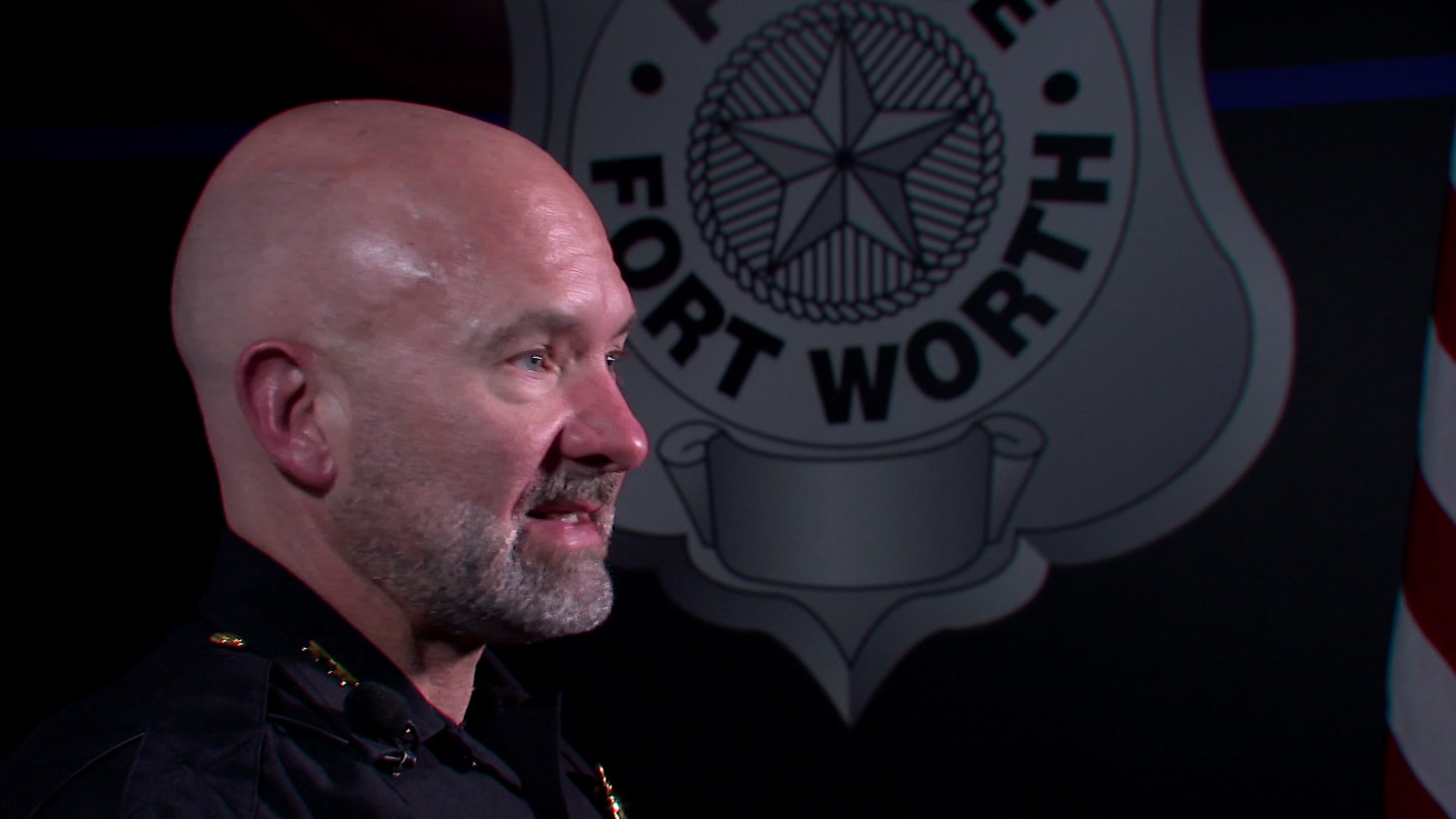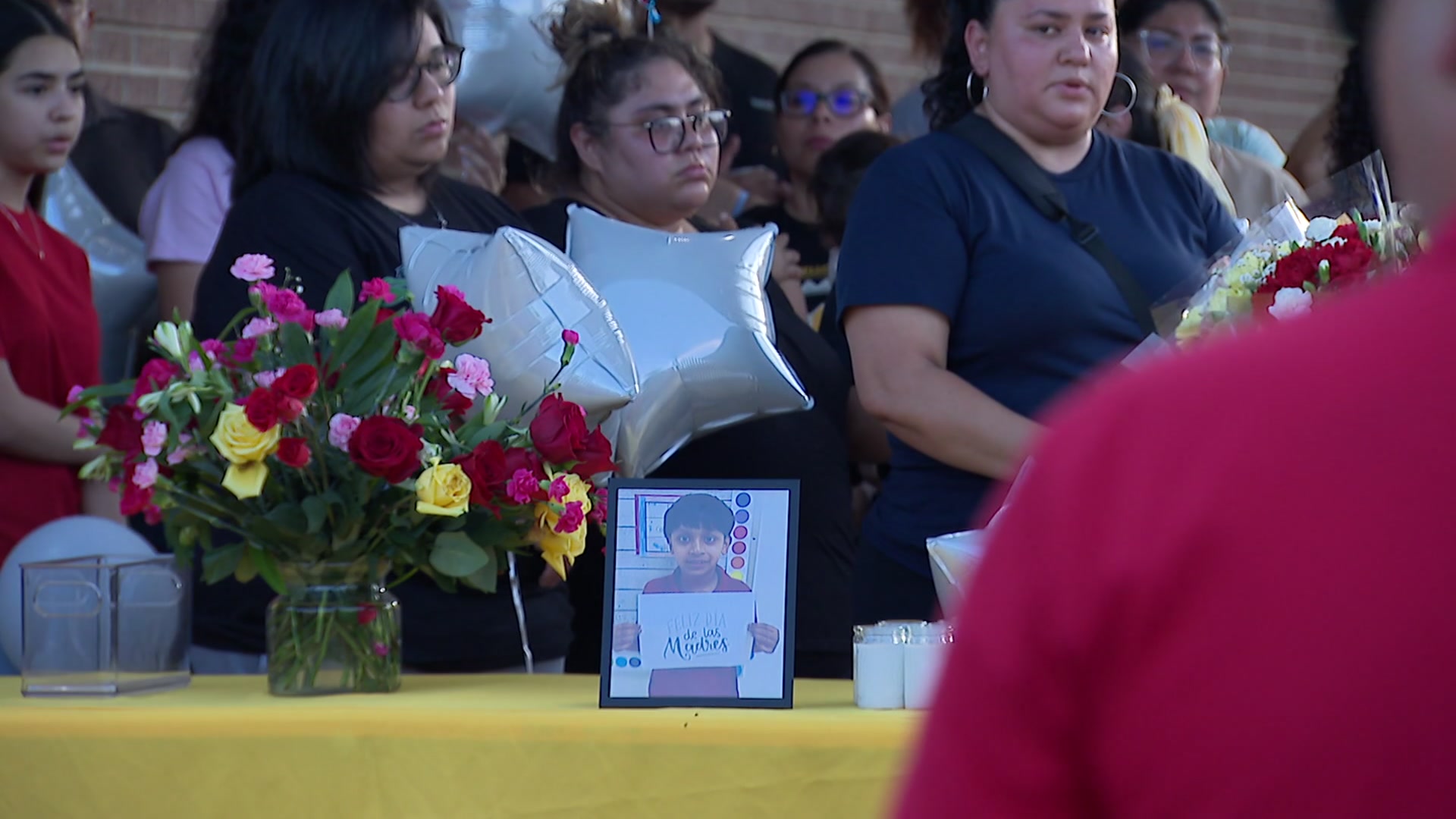Rated R for smoking would become a reality if the Centers for Disease Control and Prevention gets its way.
Rated R for smoking would become a reality if the Centers for Disease Control and Prevention gets its way.
Earlier this month the CDC released the results of a study that reportedly shows incidences of tobacco use in popular films has increased.
“Although the percentage of top-grossing movies with tobacco incidence decreased during 2010–2016, the total number of tobacco incidents in top-grossing movies increased by 72 percent, from 1,824 to 3,145,” the researchers from UC-San Francisco noted. “From 2010 to 2016, the total number of tobacco incidents in top-grossing movies increased, with a 43 percent increase occurring among movies rated PG-13.”
That increase poses a serious enough threat to the public health of young people that the researchers have encouraged the Motion Picture Association of America to assign an R rating to “any movie with smoking or other tobacco-use imagery, unless the portrayal is of actual historical figures who smoked, a documentary, or if the portrayal includes the negative effects of tobacco use.”
The CDC cited a Surgeon General’s Report that concluded that exposure to onscreen smoking in movies causes young people to start smoking
“There is a causal relationship between depictions of smoking in the movies and the initiation of smoking among young persons,” the researchers wrote, citing United States Surgeon General. “The more frequently youths see smoking on screen, the more likely they are to start smoking.”
According to the Surgeon General, an R rating for movies with tobacco use “could potentially reduce the number of teen smokers by 18 percent and prevent their premature deaths from tobacco-related diseases.”
Local
The latest news from around North Texas.
The MPAA does not assign an R rating to a movie based upon tobacco use, but the organization has considered smoking a “rating descriptor” since 2007.
The “smoking” descriptor will appear in the print that accompanies a movie’s rating, along with other descriptors like “violence,” “language” and “sexual situations.”
Haley Kranz, 18, of Plano, is a recent high school graduate and aspiring filmmaker who said her career goals include Director, Editor and Cinematographer.
Kranz said she had seen plenty of rated R films in her youth and noted that she has yet to try a cigarette.
“It would just hurt my heart for movies to automatically become rated R just because there’s a scene of tobacco use in it,” Kranz said. “But I can understand how parents and older folks might want it to become rated R because they’re scared it might influence the youth.”
“The only thing I don’t agree with is if [filmmakers] glorify it with the youth in movies,” Kranz noted. “If it’s about a group of high school students, or middle school and it seems like they’re making it look like it is such a cool and amazing thing then I think that is the only exception where they should make it rated R.”
Kranz just wrapped up assisting as a mentor to other aspiring young filmmakers in the Dallas Film Society 2017 Summer Film Camp, a 3-day film workshop for students ages 14-18.
Rebecca Flores was an instructor at the camp.
Flores, a Dallas Film Society board member, is a filmmaker and a professor of film at Southern Methodist University and the University of Texas at Arlington.
“The rating [question] is very interesting. I think that what they need to do beyond, ‘Well, there is a cigarette in a shot,’ is they really need to look at what surrounds it, where it is placed and how it is used,” Flores said.
“[Smoking] is something that [Hollywood] is very conscious of. Like the language, right? There are a few words, here and there, they pop in and suddenly you have an R rating,” Flores added. “This could mean the same thing for [smoking.] And it has to do with distribution and where it goes. So, yes, I do think [Hollywood] will be thinking about it.”
For her part, Flores said she is far more concerned with the impact of incidences of violence in film on young people. As an example, she pointed to the film projects her summer camp students completed this week. None of the student films submitted to her featured even a reference to tobacco use. But every single one of the films, according to Flores, featured at least one act of violence.




